Embryonic development - Week 3
Week 3 (gastrulation) • Three primary germ layers are formed which provide cells for organ formation in the following months. • These germ cell layers are formed by a process known as gastrulation, which involves rearranging epiblast cells. • As cells from the epiblast migrate, a faint groove called the primitive streak forms on the surface of the embryonic disc. • With the formation of the primitive streak, it is possible to recognize the head and tail ends of the embryo. • Some epiblast cells migrate, differentiate, and then replace the hypoblast to form the endoderm germ layer. • Other epiblast cells migrate and differentiate to form a new layer, between the epiblast and hypoblast, identified as the mesoderm germ layer. • The remaining epiblast cells become the ectoderm germ. • The trilaminar embryonic disc has three germ layers: • The ectoderm gives rise to all nervous tissue and the epithelium of the skin. • The mesoderm gives rise to blood, muscle, bone, and connective tissue. • The endoderm forms into the epithelium of the gastrointestinal tract, the respiratory system and many organs. Week 3 (neural tube formation) • Further differentiation of mesodermal cells begins the formation of the notochord. • The notochord is important in starting (or inducing) the specialization of other cells, including those directly above them called the neural plate. • Epiblastic cells in the neural plate are induced to begin to mound up and fold into a groove. • The neural groove continues to fold. • Adjacent notochord mesodermal cells are induced to form somites, the eventual source of cells to form skeletal and other connective tissues, and muscle tissue. • The neural tube arises and its cells eventually develop to form the brain, spinal cord, and other parts of the nervous system. Week 3 (heart and vessel formation) • Mesodermal cells from the primitive streak rearrange to form blood vessels in the embryo, and a primitive heart begins to form. • The chorionic villi projecting into the endometrium forms an exchange area called the intervillous space. • Maternal and fetal blood vessels remain separate, so maternal and fetal blood don't normally mix. • However, oxygen, antibodies, nutrients, and waste products are all exchanged via the intervillous spaces.
Add To
You must login to add videos to your playlists.
Advertisement



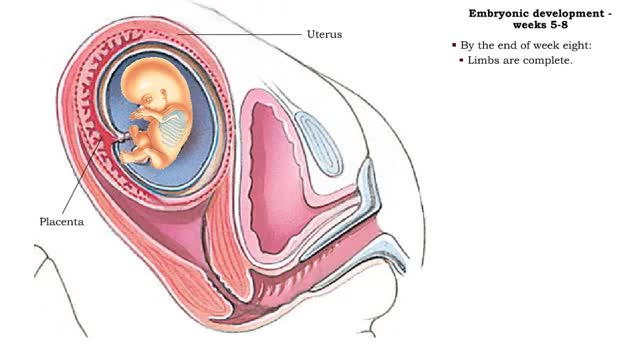
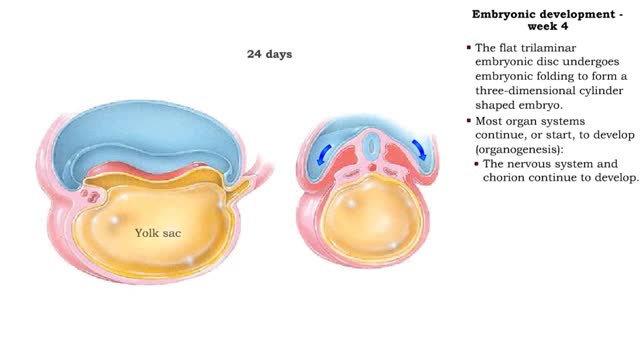

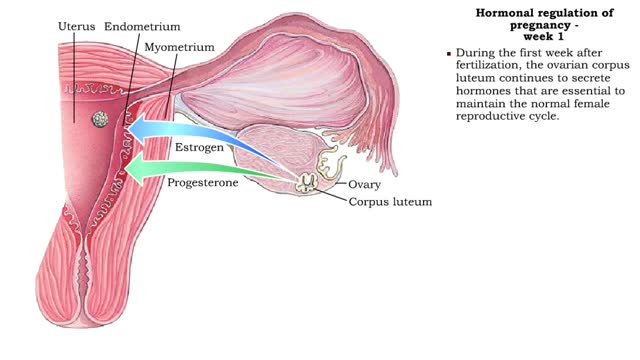
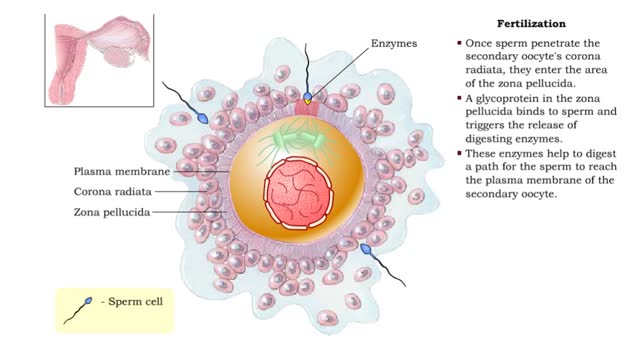
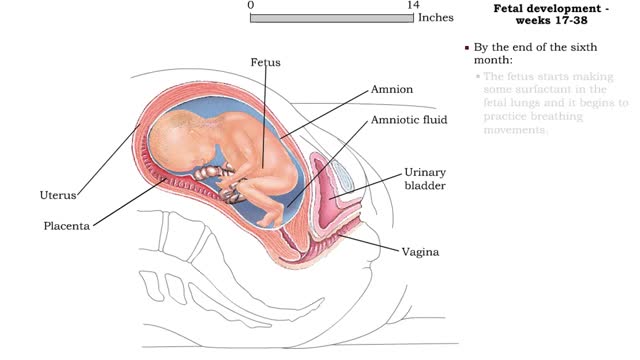
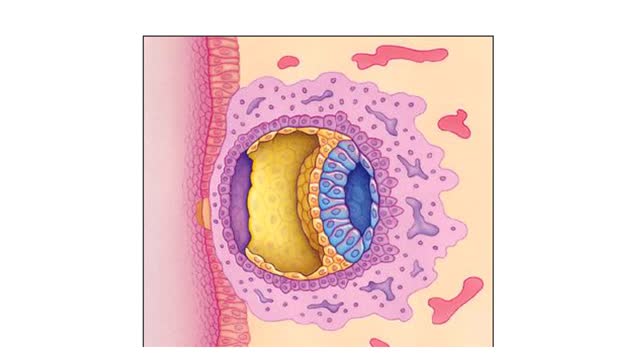
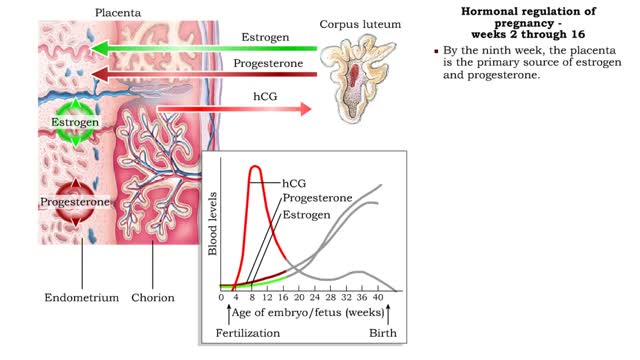

Comments
0 Comments total
Sign In to post comments.
No comments have been posted for this video yet.